An appeals court in Germany has handed down a very disappointing verdict.
In a ruling on February 4, a state court in the town of Naumburg rejected a Jewish man’s complaint that a 700-year-old antisemitic sculpture should be removed from the Stadtkirche (City Church) in Wittenberg, the home of the Protestant Reformation.
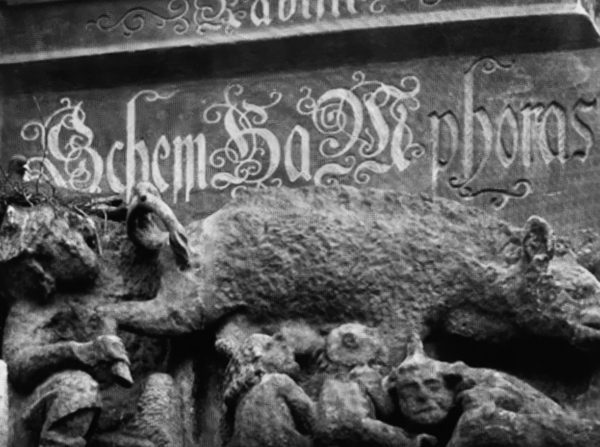
Michael Duellmann, the plaintiff, had argued that the Judensau, or “Jewish pig,” a sandstone relief resting on a ledge of the church, is “a defamation of and insult to the Jewish people.” A revolting throwback to the past and one of approximately 20 such folk art relics from medieval times that are found in a succession of churches in Germany and other countries in Europe, it is incredibly crass and offensive, a symbol of Christian contempt and hostility toward Jews and Judaism.
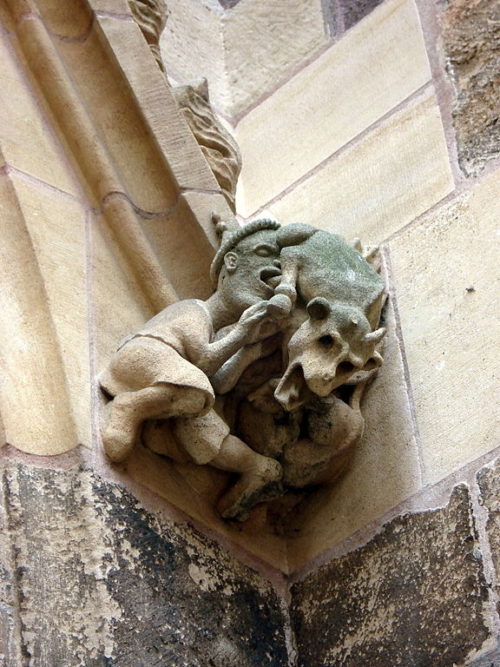
Placed four meters above the ground on a corner of the church, where the antisemitic theologian Martin Luther once preached, it portrays Jews suckling on the teats of a pig, while a rabbi lifts its tail so as to peer into its anus. It was installed around 1300, but in 1570, following the Reformation, an anti-Jewish inscription, taken from Luther’s incendiary writings, was added.
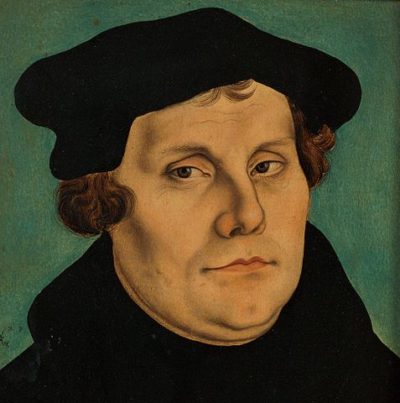
During the early 1980s, when the church was renovated, the sculpture was not only left intact but restored, in a stunning rebuff to pleas that it should be taken down as a gesture of goodwill to Jews. In 1988, a memorial was built on the grounds of the church in honor of the six million Jewish victims of the Holocaust. Three years ago, the municipality added a plaque in German and English explaining the historical context of the sculpture and Martin Luther’s antisemitic beliefs.
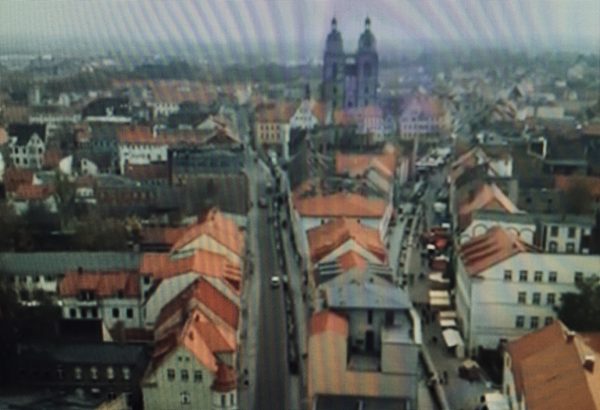
Duellmann was not satisfied with these sops, arguing quite compellingly that the sculpture is “a terrible falsification of Judaism” and should be placed in the Lutherhaus, a nearby museum dedicated to Martin Luther.
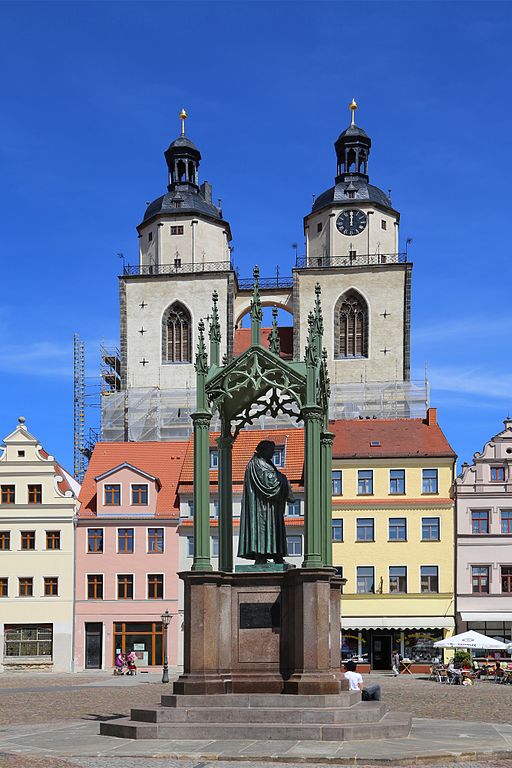
Regrettably, a court in Dessau rejected Duellmann’s argument last spring, forcing him to press ahead with his just campaign. Much to his understandable disappointment, the court in Naumburg was just as obdurate, claiming unconvincingly that the sculpture is not of a “slanderous character,” that it does not violate Duellmann’s rights, and that the Holocaust memorial compensates for the antisemitic message of the sculpture.
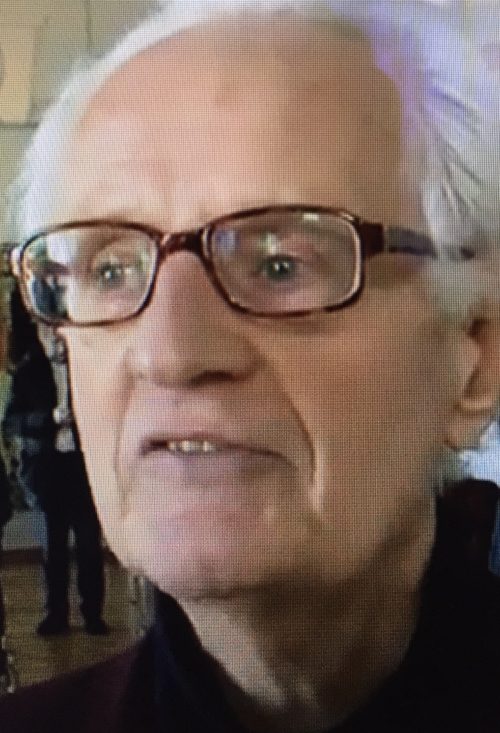
Duellmann rightly plans to take his case to the Federal Court of Justice and, if necessary, the European Court of Human Rights.
Fortunately, Duellmann is not fighting a solitary battle.
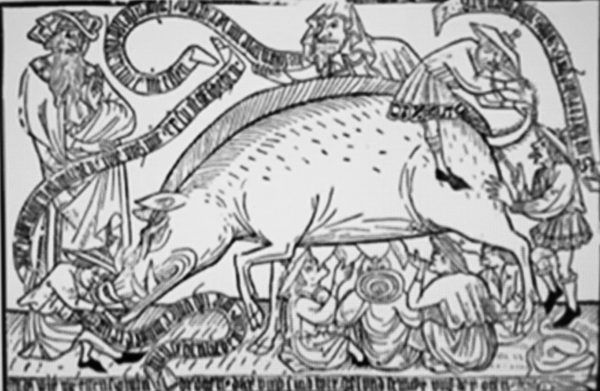
He has the support of Felix Klein, the federal commissioner for Jewish Life in Germany, who endorses the idea of placing the sculpture in the Martin Luther museum. “This would be a good contribution by the church to overcome antisemitism,” said Klein in a tacit reference to the upsurge of anti-Jewish incidents in Germany and much of the rest of Europe in the past few years.

More importantly, perhaps, Duellmann has an ally in Johannes Block, the pastor of Wittenberg’s City Church. Block told a major German newspaper the other day that the sculpture is a “repulsive and tasteless” assault on Jews that “fills me with shame and pain.”
Given Germany’s history and the trend toward eliminating anti-Jewish tropes in Christian texts, the City Church would be wise to remove the sculpture from its facade and move it to a less conspicuous locale in the Martin Luther museum.
It is nothing less than a jolting reminder of an ugly period in Christian-Jewish relations.
